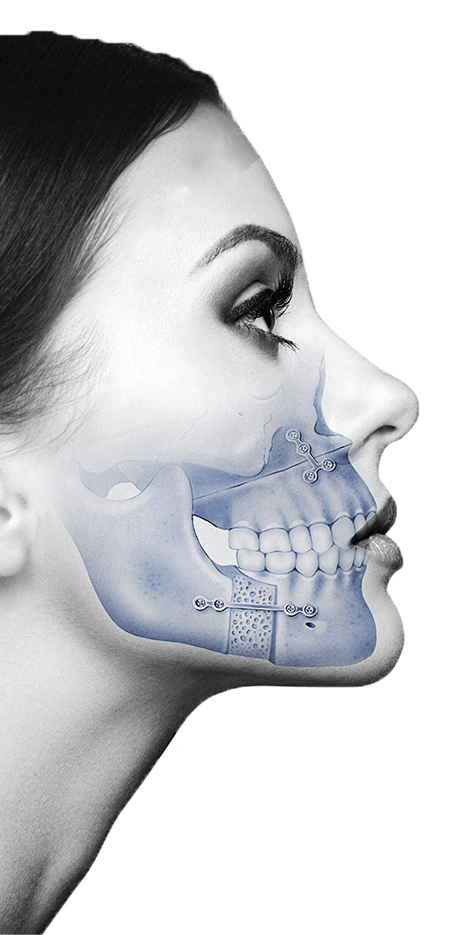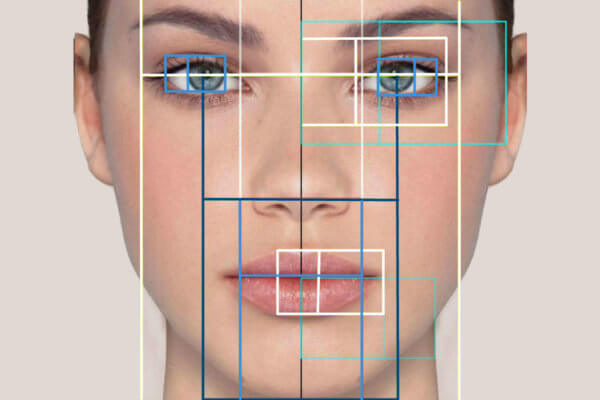Maxillofacial deformities include a good number of alterations that are characterized by involving different elements of the facial skeleton. In a generic way, these are divided into two large groups: congenital and acquired.
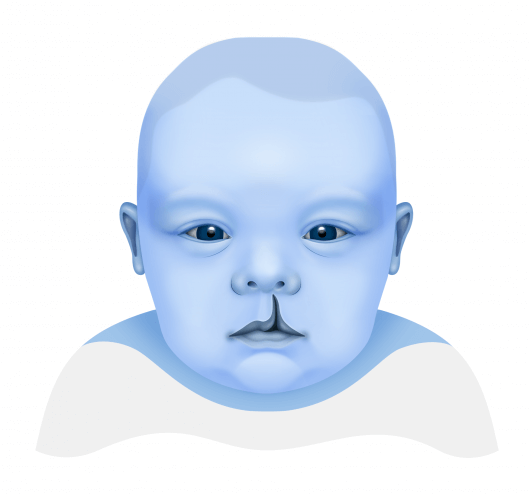
In the section of acquired maxillofacial deformities, we can distinguish four different groups according to their causes:
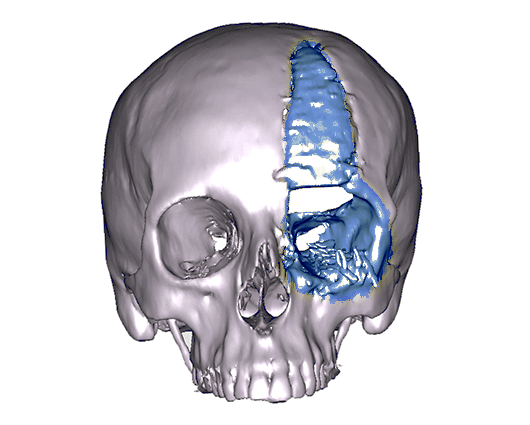
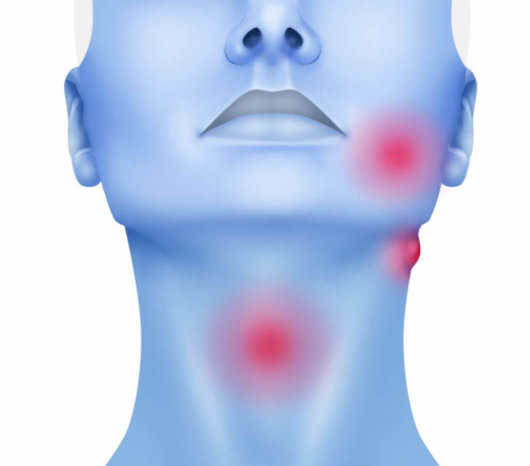

Related: Orthognathic Surgery Treatments
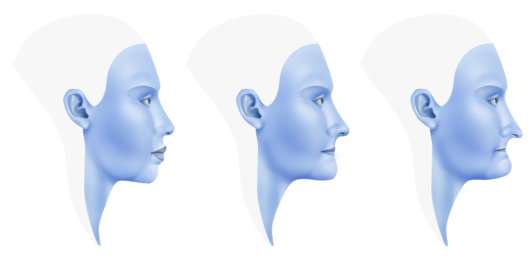
You may be interested: The importance of acting fast when we lose a tooth
Making a retrospective assessment of patients with some type of facial skeletal alteration that have been treated in our Institute during the last 20 years, it is possible to distinguish two types or profiles of the patient based on the fact that first of all motivates the consultation:
The typical patient of the first group is the one who is looking for the aesthetic correction of a problem that the patient himself or someone in their environment has valued as “skeletal” or “bone dependent”. They are dissatisfied patients with their facial appearance. In the interview with these patients, expressions such as: "my chin looks too big", "my nose is too wide," my facial appearance is aged ", or typically "I don't like my face, but I can't say where the problem is. "
The type patient of the second group is referred by the orthodontic specialist who has come to try to solve what for many of them patients is the only improvable aspect of their deformity: occlusion. The interview by the orthodontist ends up putting on the table the idea that this alteration of the occlusion depends not only on the position of the teeth but also on an alteration of the jaws, and therefore is tributary to an orthodontic-surgical treatment. This interview also in a good number of cases reveals to the patient the fact that this alteration of the jaws in addition to causing malocclusion causes an aesthetic alteration at different levels that can also be corrected.
In either case, a meticulous interview is essential in which the patient expresses all his worries or indicates which elements of his facial appearance he would like to change, if possible. There are, of course, patients in whom normalization of occlusion is the only concern, but even in these patients, optimization of aesthetic objectives as well as occlusals can be achieved through orthofacial surgery.


